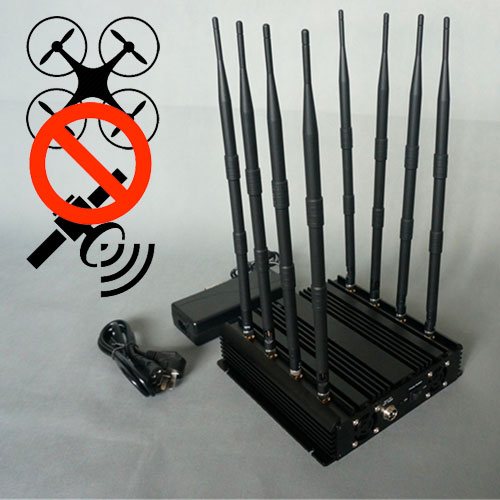We know that when a drone is hit by a projectile or laser when it descends, it can cause damage to the drone and splash. In addition to physical projectiles, there are three known non-dynamic methods of stopping drones: radio frequency interference (drone jammers), global satellite navigation system (GNSS) interference, and imitation. With the RF blocking signal feature, the link between the drone and its operator is severed, often causing the drone to drop or return.
With GNSS, the drone will lose its link to satellite navigation, and usually, the drone will stay in place, land or return to home. Currently, most drone interceptors use a wide range of jamming signals in a frequency range, and BEAM is set to detect a single specific frequency used to attack drones. This solution is particularly suitable for cities or densely populated combat areas.

US analyst Humphries said they captured Russian military drones for the first time in eastern Ukraine after invading Crimea four years ago. He said the barrier was initially detected as a weak signal from space and bounced off the surface of the earth. Blockades "have had a considerable impact" on United Nations surveillance drones that attempt to monitor the area, connect the fleet to the ground for several days, and stop collecting intelligence from the air. The noise emitted by the drone jammer, despite being a low-power device, can effectively cancel the signal from the satellite.




